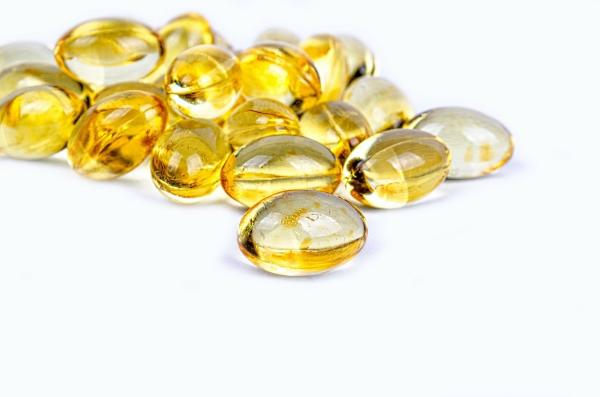It was a simple study design. Retrospective and observational, in today's science, a fishing trip for correlation by computer. All the patients with a positive COVID-19 test during March through June of this year from Quest served as the population, which was refined to include only those who had a Vitamin D level drawn in the previous year. A patient's ethnicity was "inferred" from their zip code based upon the 2018 America Community Study, a government study done every five years that reports on the many demographics of our country. 88% of those with positive COVID-19 tests also had a Vitamin D test, so the study group consisted of 192,000 individuals from across the nation.
"There was an association between lower SARS-CoV-2 positivity rates and higher circulating 25(OH)D levels."
- As Vitamin D levels rose, positive COVID-19 tests declined 6% positive COVID-19 tests when Vitamin D was more than adequate, 8% when adequate, and 12% when "deficient." (The researchers italicized deficient in their writing.)
- The relation of lower Vitamin D levels and positive COVID-19 tests held for the ethnic stratification, higher COVID-19, and lower Vitamin D levels in blacks and Hispanics compared to predominantly white zip codes. The same trend for gender and age; males with more COVID less Vitamin D, and individuals over age 60.
- At any given level of Vitamin D, more COVID-19 positive patients were inferred to be black or Hispanic based upon their zip code
The researchers acknowledge the limitation that their population was selected based on how symptomatic they might have been; after all, the request for COVID-19 testing was prompted by some concern on the part of the patient or physician. They also note that inferring ethnicity from zip codes may be problematic. Is this a sufficient mea culpa?
Not really. There is a second selection bias left unstated and more problematic – why were these individuals having Vitamin D levels determined? It is not a routine laboratory test. There are a variety of conditions that may result in a deficiency. There are several that have been noted in other settings to be COVID-19 risk factors. They include obesity and its surgical management, chronic kidney disease, immobility that would leave you housebound or in a nursing facility, a higher risk of fractures, and skin color; darker-skinned individuals are less able to produce Vitamin D given similar exposure to the sun. Other recognized causes of Vitamin D deficiency include medications used to treat HIV, epilepsy, and elevated cholesterol. I suspect because the authors do not elucidate that the population under study were those who had a suspected deficiency in Vitamin D, who coincidentally had COVID-19 tests. That changes the denominator and makes the sample size of their population much different.
There are a lot of unanswered questions about Vitamin D. We know that it is essential, but what constitutes deficiency remains a product of consensus. Values in the group that the researchers identified as deficient are in that consensus. But the use of italics in categorizing that level as a "deficiency" is the nuanced signal that the word choice itself is a bit biased. Because physicians have no hard and fast cut-off, estimates of Vitamin D deficiency in the population range from 50% to 100%. The lay press has identified many early symptoms of a possible Vitamin D deficiency, including fatigue, frequent colds, bone, muscle and back pain, hair loss, and depression. When coupled with an inexpensive, non-prescription treatment, you have the setting for screening more low risk than high-risk patients. The CDC reports that Vitamin D testing increased 83-fold between 2000 and 2010 among Medicare beneficiaries, an admittedly higher risk group.
This study sheds no additional light or insights. It merely adds to the growing literature that Vitamin D may or may not be involved in, whatever disease you wish to mention.
Source: SARS-CoV-2 positivity rates associated with circulating 25-hydroxyvitamin D levels PLOS DOI: 10.1371/journal.pone.0239252




